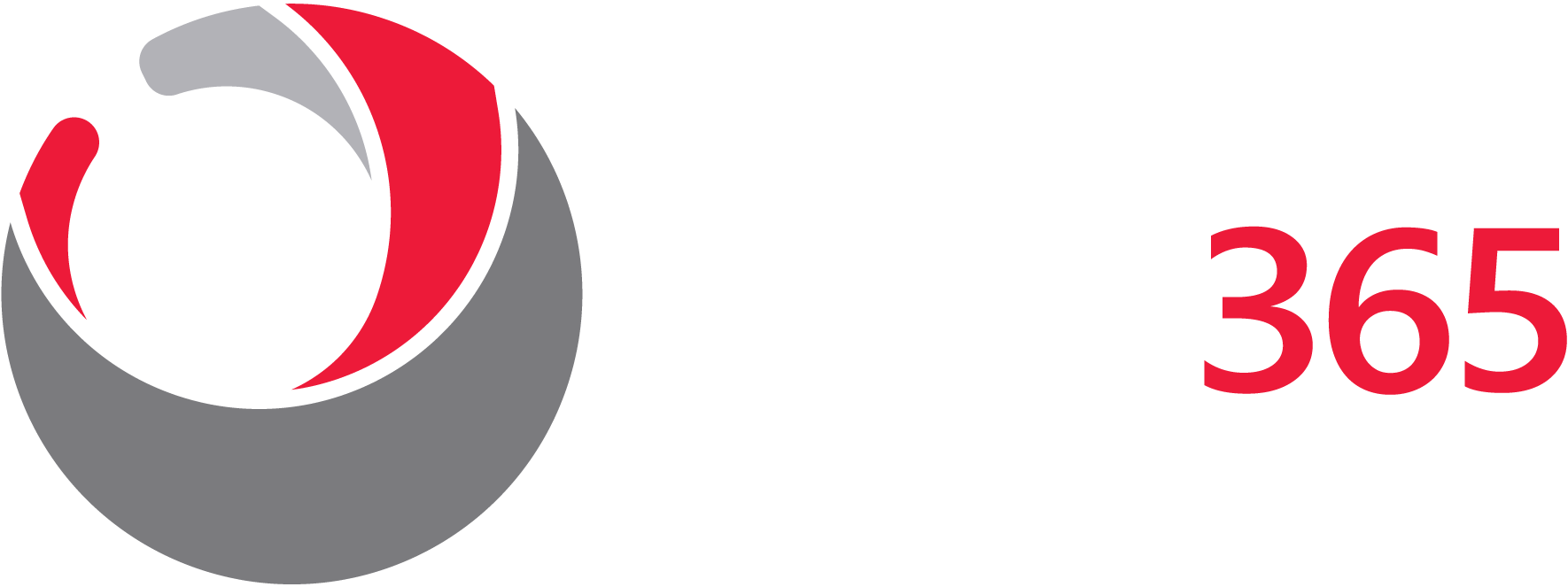With over 90% of HR leaders worried about employee turnover, staff retention is at the forefront of everybody’s mind. HR departments are now turning to business technology to recruit new employees and keep the ones they already have. But what benefits can you get from it, and how can you apply it to your business?
The following article will outline some of the answers to these questions. Studying this piece gives you more of an idea of how to use collaboration tools to make employees’ lives easier. In doing so, you will have the capability to improve your employees’ experience at work and improve retention across the board.
So read on!
Recruitment
Business recruitment technology has moved forward in leaps and bounds over the past few decades. Many recent emergences have been within the realms of automated application processes. At the same time, the use of AI for processing submissions has come to the forefront.
Through both of these, you can make it easier for you to find people who are both qualified and invested in your company.
Some of the following are specific ways your company can leverage such technology for business recruitment.
Make It Easier to Apply to Your Organisation
Back in the past, people would have to apply to a company by mailing or handing in an application in person. Such applications include the data that an applicant thinks a company might want but is not always relevant information. On top of that, the application might get lost somewhere. It may be harder to process because of its physical nature.
These days, online application is always the first step in taking in recruits instead. They can apply from the comfort of their own home and take the time they need to ensure that they get you all the information you might need at once.
Through a well-designed application process, you can also ensure that applications pass you the data you want and no more. You do not need to ask for any data irrelevant to your hiring process. This saves time for both you and the potential recruit.
The application process can also be daunting for some people. Because of this, otherwise, perfect applicants might make innocent mistakes.
Instead of punishing an otherwise-competent recruit for such a thing, you can guide them through the process. This prevents simple errors from punishing them and gets you better candidates in the long run.
Automated Application Screening
After someone has applied to your company, you will want to ensure that you do not waste your time reviewing someone who is not a good fit for the company. Automated application screening can do a lot of that without needing hands-on with an employee.
For example, you should be able to set catchments that will inform you if a specific applicant has enough experience or not. You can also see if they have the needed qualifications for a particular position. If they do not, you can send them an email thanking them for the application but saying they have not succeeded.
You can even automate the follow-up emails based on application screening. Your internal system can wait a professional amount of time after their application and then respond to them. This frees up your HR department to focus on only successful individuals instead.
Trawl LinkedIn for Good Recruits
Instead of waiting for applications, a high-quality piece of business technology can be proactive. For example, systems these days can also scour sites such as LinkedIn for other possible opportunities.
While many people on LinkedIn update their resumes when they are active in looking for a job, there are also passive job seekers on the platform. You can use AI systems to look for these based on recruitment criteria and send them automated messages asking them to look at your company. If done well, this can increase the number of applications you can get from people who were content but casually looking for a better role.
You must ensure that you offer these people a better job than they are currently working. This is because they are not actively searching for a new job and your request to them is to change their life. They need to uproot their current comfort, so you should compensate them appropriately.
Retention
On top of the technology used to recruit new staff, you should also make yourself aware of opportunities when it comes to employee retention. Technology for staff retention often revolves around giving existing staff an easier time in their role. This means they will enjoy the job they want to remain in rather than looking elsewhere.
The following examples show how technology can empower employees to respect and enjoy their current roles more. By using each of these, you increase their job satisfaction. This will reduce the likelihood that they would accept a headhunting offer from a LinkedIn trawler or similar (as above).
Asynchronous Working Reduces Burnout
One of the significant reasons for staff burnout since COVID is the unwillingness of managers to allow for asynchronous or remote working. This level of staff freedom means that they can work around their schedule. The same amount of work tends to get done, but people do not all work simultaneously.
Of course, there should be some overlap of hours so that meetings can happen. Although the rest of the time, the staff can enjoy a life without commuting and resolve out-of-work issues in their own time without stress.
To empower this, you can give employees digital organisation tools. Allow them to plan their working process in an Agile way using process-empowering project tracking software. Also, use digital meeting tools to allow people to share their work and empower communication.
Enable Human Communication Through Technology
There are drawbacks to online working and continuing at the same level of effort. One of them involves retaining the same feeling of open communication. You can no longer walk over to a colleague’s desk to have a quick chat about something, for example.
This is no less true with regards to workers who are in different offices. You will want to ensure there are no feelings of tribalism between locations.
For that reason, collaboration technology should be at the forefront of your efforts. They have the power to help people communicate effectively and without being a distraction. This helps people feel like their interactions are natural and not like a “cog” in a working machine.
Examples of empowering systems include text chat systems, which help people answer questions quickly. However, a small amount of training could make this more effective, for example, by reducing the time taken for messages and helping people return to their work faster.
On top of this, subscribing to a work video collaboration tool helps people have human interactions in larger meetings. You can have internet video meetings that allow for human voice and interaction, removing a lot of the ambiguity in text chat.
This ambiguity can account for many difficulties, for example, in understanding instructions and causing accidental insults. This is especially true when communicating between different cultures.
Reducing such issues by empowering natural voices is imperative in helping people enjoy their work roles.
Well-Designed Technology Is 99% Invisible
One of the issues with using new business technology is that putting it in place can disrupt existing processes. Instead, you want to try to empower such efforts and ensure you resolve as many bugs as possible before rolling it out organization-wide.
You do not want these technology efforts to be too visible. Their use should come naturally to users, so look for methods by which you can put it in place with the least disruption.
Sometimes, people will also not want to use new technology due to a mistrust of it or a dislike of change. A belief that their work will have more unwanted oversight is a real fear of workers when it comes to technology.
Make every effort to reassure your workers that you will not be micromanaging them. Encourage them to think of this technology as a tool they can use to refine their processes.
In encouraging individuals to use the tools, you might find standouts who are curious about it. Those who show excitement about empowering themselves will look into its possibilities. They may even act as technological evangelists to others.
How Business Technology Can Help You
With the above, you should have learned how business technology can help you move forward into the future. If everything goes as planned, you should be able to increase both recruitment and staff retention. Although, if you still have questions, you can always contact us, and we will strive to answer any questions you have.
Our specialists are masters in their field and can help you understand how our software can help you with any staff issues. So, get in contact today and see what we can do for you.


